Discover Hungarian Animation in Korea
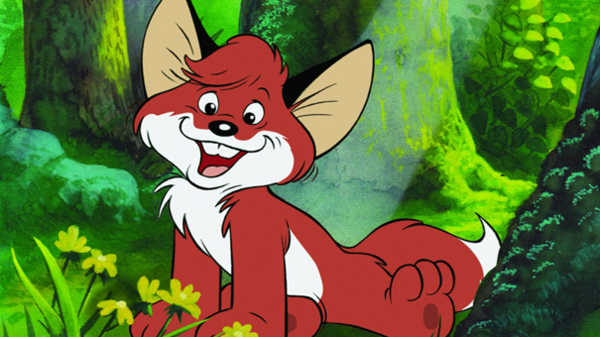
[아츠앤컬쳐] 헝가리 애니메이션은 20세기 초까지 거슬러 올라가는 풍부하고 독특한 전통을 지니고 있다. 그 시작은 1914년 이슈트반 커토-키슬리가 초창기 컷아웃 기법을 활용하여 헝가리 최초의 단편 애니메이션을 제작하면서부터다. 그러나 헝가리 애니메이션이 본격적으로 성장하기 시작한 것은 제2차 세계 대전 이후였다. 전환점은 1951년 부다페스트에 국영 애니메이션 제작사 판노니아 필름 스투디오가 설립되면서 찾아왔다. 사회주의 시대 국가 지원 애니메이션 허브였던 판노니아는 중부 및 동유럽에서 가장 중요한 제작사 중 하나로 자리 잡았고, 헝가리 애니메이션의 황금기를 이끈 수많은 애니메이터, 예술가, 감독을 배출했다.
이후 수십 년 간 판노니아는 헝가리인들에게 문화적 아이콘이 된 고전 애니메이션을 다수 제작했다. 대표작으로는 어틸러 더르거이 감독의 1981년작 ‘꼬마 여우 북’과 벨라 테르노프시키 감독의 1986년작 ‘캣시티’가 있다. 이 작품은 갱스터 고양이와 영웅 쥐가 등장하여 컬트적인 인기를 얻은 SF 패러디다.
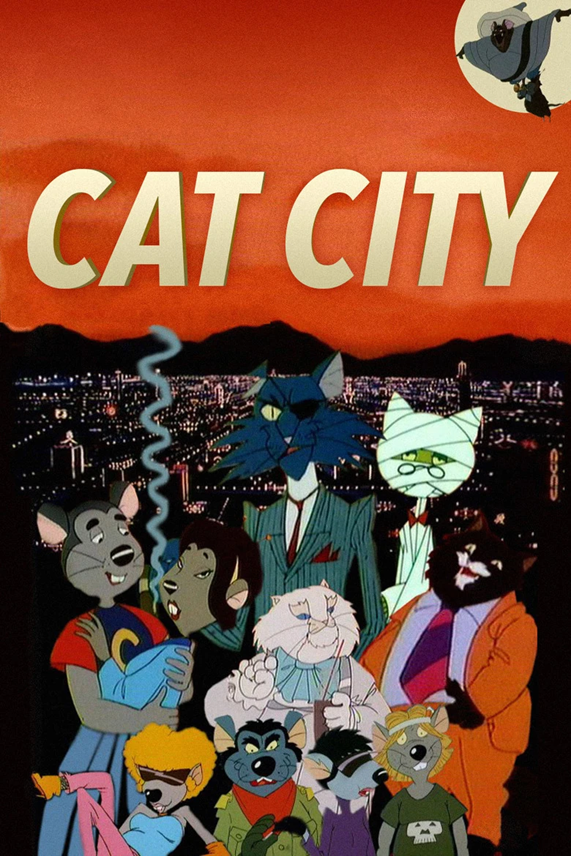
판노니아는 또한 국제적으로 인정받은 실험적이고 예술적인 애니메이션을 육성했다. 그 대표적인 성과는 1981년 페렌츠 로푸스의 철학적 단편 영화 ‘파리’가 헝가리 최초로 아카데미 단편 애니메이션상을 수상한 일이었다.
1970~1980년대 헝가리 애니메이션은 시적이고 초현실적인 표현과 성숙한 주제, 그리고 미묘한 사회적 메시지를 은유적으로 담아내며, 아동용 콘텐츠가 주를 이루던 유럽 애니메이션계에서 독특한 존재감을 발휘했다. ‘용사 야노시’(1973)와 ‘백마의 아들’(1981)을 연출한 머르첼 연코비치 영화 감독은 헝가리의 민속과 신화를 환상적이고 대담한 영상으로 생생하게 그려냈다.
1989년 공산주의 체제의 붕괴 이후 국가 지원금이 삭감되면서 판노니아의 영향력은 약화되었다. 많은 애니메이터들이 프리랜서 작업, 광고, 또는 국제 공동 제작으로 변화하는 시장에 적응해야 했고 이 과도기에 새로운 스튜디오들이 등장했다.
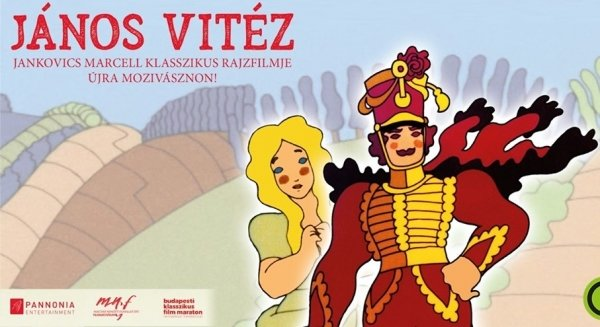
오늘날 헝가리의 애니메이션 산업은 규모는 작지만 놀라울 정도로 다양하다. 한때 판노니아 지사였던 케치케메트필름은 여전히 손그림 작업을 지속하며 ‘헝가리 민담’이나 ‘집시 이야기’ 시리즈로 사랑받고 있다. 동시에 새로운 성공 사례도 등장했다. 게자 M. 토트가 설립한 케드 애니메이션 스투디오는 ‘베리와 돌리’나 ‘킵콕’과 같은 어린이 히트작으로 큰 인기를 얻었다. 디지크 피크셔스는 세계적인 비디오 게임 제작사를 위한 최첨단 3D 시네마틱 영상을 전문으로 한다.
한편, 레카 부치와 같은 신진 작가 애니메이터들은 실험적인 전통을 이어가며 국제 영화제에서 주목받고 있다. 민담과 철학적 단편, 현대 유아용 시리즈와 게임 예고편에 이르기까지, 헝가리 애니메이션은 문화 유산, 예술적 도전, 그리고 뛰어난 기술력이 어우러진 매혹적인 작품이다. 경제적 어려움에도 불구하고, 헝가리의 유산은 새로운 세대에게 영감을 불어넣고 있으며, 헝가리의 독특한 애니메이션이 전 세계 스크린에서 자리 잡을 수 있도록 돕고 있다.
올해는 서울국제어린이영화제와 주한 헝가리문화원의 협력하에 헝가리가 주빈국으로 선정되었다. 이 특별한 협력의 일환으로 9월 10일부터 17일까지 열리는 영화제에 10편의 다양한 헝가리 애니메이션이 상영될 예정이므로 많은 관심과 관람을 기대한다.
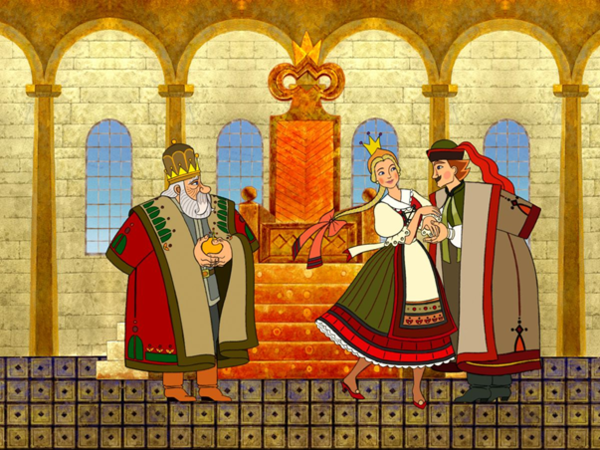
Discover Hungarian Animation in Korea
Hungarian animation has a rich and unique legacy that stretches back to the early 20th century. Its story began in 1914 when István Kató-Kiszly created the country’s earliest animated shorts using pioneering cutout techniques. However, it was after World War II that Hungarian animation truly found fertile ground to grow.
The real turning point came in 1951, when Pannónia Film Studio was founded in Budapest. As the country’s state-funded animation hub during the socialist era, Pannónia became one of the most important and prolific studios in Central and Eastern Europe. It nurtured generations of animators, artists, and directors who would define the golden age of Hungarian animation.
In the decades that followed, Pannónia produced beloved classics that became cultural touchstones for Hungarians. Among the most famous works are “Vuk” (The Little Fox, 1981) directed by Attila Dargay and “Macskafogó” (Cat City, 1986) by Béla Ternovszky, a cult favorite sci-fi parody featuring gangster cats and heroic mice.
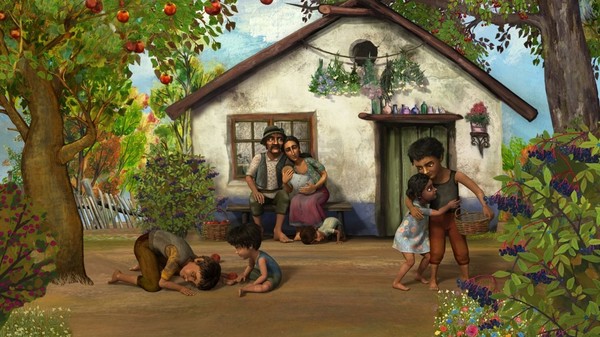
Pannónia also fostered experimental and artistic animation that gained international recognition. One of Hungary’s proudest moments came in 1981, when Ferenc Rófusz won an Academy Award for his philosophical short film “A légy” (The Fly), marking the first Hungarian Oscar in animation.
During the 1970s and 1980s, Hungarian animation was known for its poetic, surreal style and mature themes, often layered with subtle social commentary—an approach that stood out in Europe’s animation scene dominated by children’s content. Filmmakers like Marcell Jankovics, who directed “János Vitéz” (Johnny Corncob, 1973) and “Fehérlófia” (Son of the White Mare, 1981), brought Hungarian folklore and mythology to life through strikingly stylized, visionary imagery.
After the fall of communism in 1989, state funding collapsed, and Pannónia’s dominance faded. Many animators had to adapt to a changing market, shifting to freelance work, advertising, or international co-productions. Out of this challenging transition, new studios emerged.
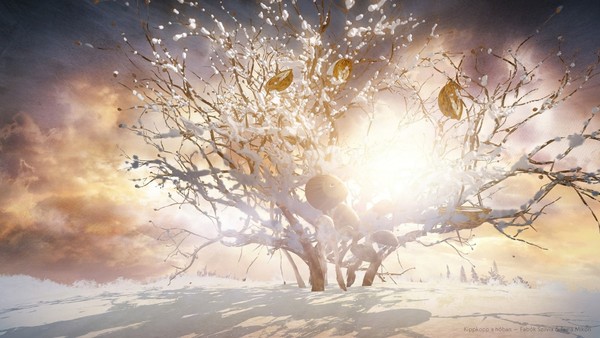
Today, Hungary’s animation scene is smaller but impressively diverse. Studios like Kecskemétfilm, once a Pannónia branch, continue to produce traditional hand-drawn works, including the beloved “Hungarian Folk Tales” or “Gypsy Tales” series.
At the same time, Hungary has nurtured new success stories. KEDD Animation Studio, founded by Géza M. Tóth, has won wide popularity with children’s hits like “Berry and Dolly” or “Kippkopp”. Digic Pictures specializes in cutting-edge 3D cinematics for global video game giants. Meanwhile, a new wave of auteur animators, like Réka Bucsi, keep Hungary’s experimental tradition alive, winning acclaim at major international festivals.
From pioneering folk tales and philosophical shorts to modern preschool hits and game trailers, Hungarian animation remains a fascinating blend of cultural heritage, artistic daring, and technical skill. Despite economic challenges, its legacy continues to inspire new generations—ensuring that Hungary’s distinctive animated stories find their place on screens around the world.
The Liszt Institute – Hungarian Cultural Center Seoul, in collaboration with the Seoul International Children’s Film Festival, presents Hungary as this year’s guest country. As part of this special partnership, ten diverse Hungarian animated films will be showcased in Korea during the festival, running from September 10 to 17. We look forward to welcoming you there.

글 ㅣ 루자 카타린 Katalin Ruzsa
주한리스트헝가리문화원 문화사무관
Liszt Institute - Hungarian Cultural Center Seoul


